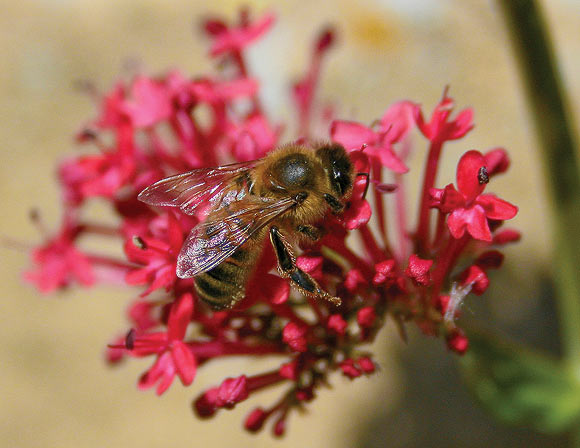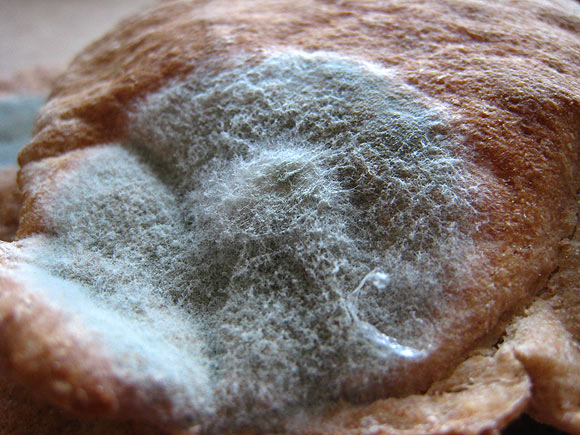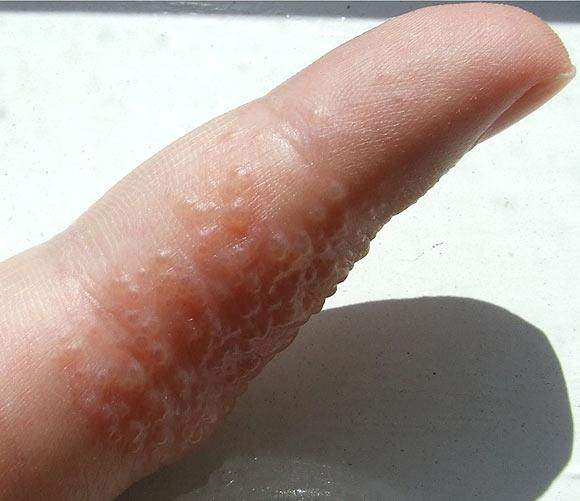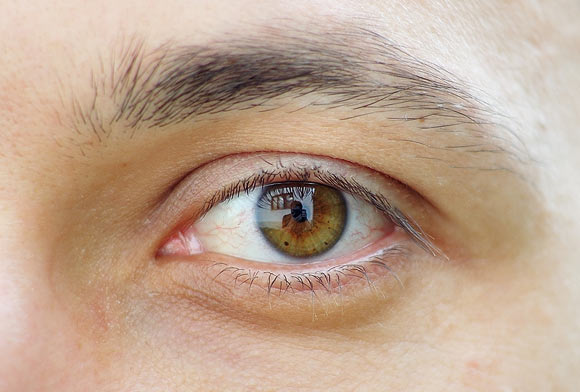 | « Back to article | Print this article |
Different types of allergies: What you should know
Here's a list of the many common allergies people suffer from and what causes them.
An allergy is an excessive or hypersensitive response of the immune system, manifesting either as a pathological immune reaction induced by antibodies (immediate hypersensitivity), or by lymphoid cells (delayed type allergy).
Instead of fighting off a disease-causing foreign substance, the immune system launches a complex series of actions against an irritating substance, referred to as an allergen.
Types of allergies
Hay fever
Allergic rhinitis, also known as hay fever, is an allergic response to pollen or other microscopic substances. Symptoms include sneezing, itching and watery eyes, inflammation of the nasal passages, and an increase in mucus. Very sensitive individuals may also experience skin rashes.
Urticaria
It is a skin rash or dark red raised itchy bumps caused by viral allergies and also due to pressure, sunlight, temperature etc.
Plant allergies
Insect sting allergies
- Insects such as honeybees, yellow jackets, hornets, wasps, and fire ants can cause allergies.
- While not everyone is allergic to insect venom, skin reactions such as mild pain, swelling and redness may occur with an insect sting.
Pet allergies
- Pet allergy occurs when your immune system reacts to certain animal proteins.
- This reaction triggers inflammation in the lining of your nasal passages causing sneezing, runny nose and other signs and symptoms usually associated with hay fever.
Latex allergies
- The protein in rubber can cause an allergic reaction in some people.
- This reaction can range from sneezing to anaphylactic shock, which is a serious condition that requires immediate medical attention.
- The thin, stretchy latex rubber in gloves, condoms and balloons is high in this protein. It causes more allergic reactions than products made of hard latex rubber (like tires).
Mold allergy
- Mold is present in most indoor and outdoor spaces, and in many foods.
- Overreaction of immune system when you breathe in mold spores.
- This reaction triggers a cascade of reactions that lead to allergy symptoms like cough, itching of the eyes and causes other symptoms that make you miserable.
- In some people, mold allergy is linked to asthma -- exposure causes restricted breathing and other airway symptoms.
Cosmetic allergies
- Products such as moisturisers, shampoos, deodorants, makeup, colognes and other cosmetics have become part of our daily grooming habits.
- Although cosmetics can help us feel more beautiful, they can cause skin irritations or allergic reactions.
- Certain ingredients used in cosmetics, such as fragrances and preservatives, can act as antigens triggering an allergic reaction.
Drug allergies
- Drug allergies are a group of symptoms caused by allergic reactions to a drug.
- Adverse reactions to drugs are common, and almost any drug can cause an adverse reaction.
- Reactions range from irritating or mild side effects such as nausea and vomiting to life-threatening anaphylaxis.
- Most drug allergies cause minor skin rashes and hives. Serum sickness is a delayed type of drug allergy that occurs a week or more after exposure to a medication or vaccine.
- Sulfa drugs, anticonvulsants, insulin preparations (particularly animal sources of insulin), iodinated (containing iodine) x-ray contrast dyes are some common allergy-inducing drugs.
Eczema
- This itchy skin rash, common in children and infants, affects some people all their lives.
- Eczema is a general term for many types of skin inflammation, also known as dermatitis. The most common form of eczema is atopic dermatitis.
- The exact cause of eczema, but an abnormal function of the immune system is believed to be a factor. Some forms of eczema can be triggered by substances that come in contact with the skin, such as soaps, cosmetics, clothing, detergents, jewellery, or sweat.
Eye allergies
- Allergic reactions involving the eyes are a common complaint.
- An allergic reaction that affects the conjunctiva, a clear layer of skin overlying the eyes, is commonly referred to as allergic conjunctivitis.
- Common allergens include: Pollen, grass, weeds, dust and pet dander.
Milk allergy
Many products contain milk or milk products and milk protein causes allergy in some individuals. Those who are allergic to milk suffer vomiting, loose motions and abdominal cramps immediately after consuming milk.
Food allergy
- A food allergy is an exaggerated immune response triggered by eggs, peanuts, milk or some other specific food.
- The cause of food allergies is related to your body making a type of allergy-producing substance called immunoglobulin E (IgE) antibodies when you consume a particular food.
- Although many people have a food intolerance, food allergies are less common. In a true food allergy, the immune system produces antibodies and histamine in response to the specific food.
- Any food can cause an allergic reaction, but a few foods are the main culprits. In children, the most common food allergies are to: Eggs, milk, peanuts, shellfish (shrimp, crab, lobster, snails, and clams), soy, tree nuts and wheat.












